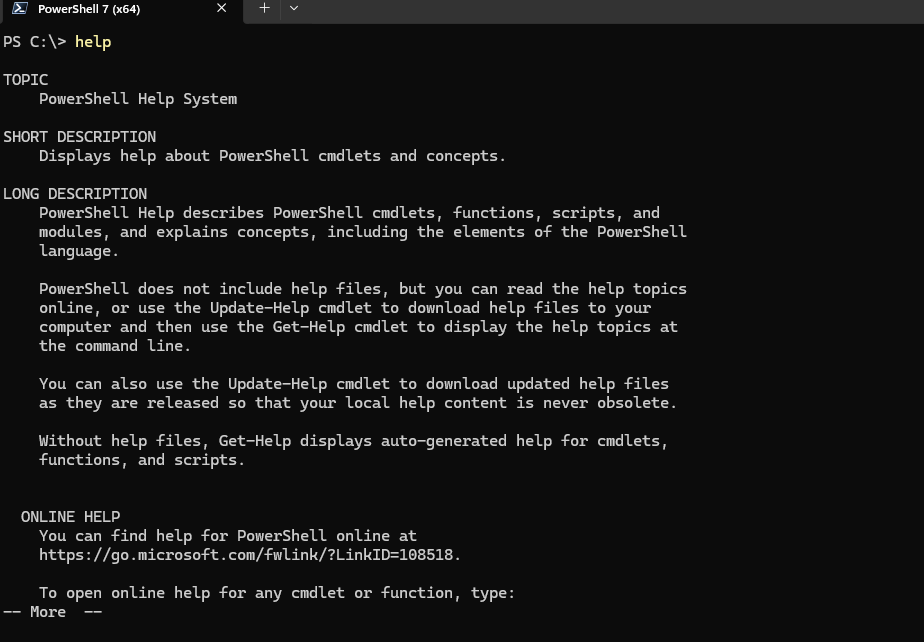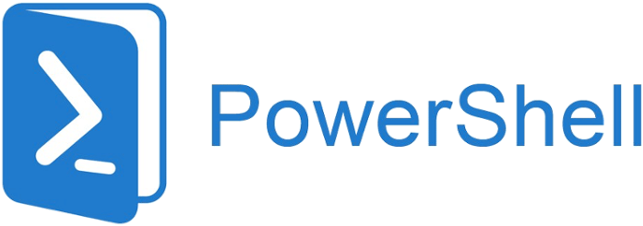Introduction
If you’ve ever used the Windows Command Prompt, you know it can handle basic commands like navigating folders or pinging a website. But what if you want something much more powerful — something that can automate tasks, manage servers, control cloud environments, and even run scripts across Windows, Linux, and macOS?
That’s where PowerShell comes in.
What is PowerShell?
PowerShell is a task automation and configuration management framework from Microsoft. It’s made up of:
- A command-line shell – where you type commands.
- A scripting language – for writing scripts to automate repetitive tasks.
Unlike Command Prompt (which only deals with plain text), PowerShell is object-oriented, meaning it works with rich data objects instead of just text strings. This makes it much more powerful and flexible.
Key Features of PowerShell
- Cross-platform: Runs on Windows, Linux, and macOS.
- Cmdlets: Uses special built-in commands called cmdlets (pronounced command-lets). Example:
Get-Process. - Automation: Helps you automate tasks like creating users, managing files, configuring servers, or even deploying apps to the cloud.
- Integration: Works seamlessly with Microsoft technologies (Azure, Active Directory, Office 365), and also supports tools like AWS, VMware, and Docker.
- Scripting: Lets you create powerful automation scripts using
.ps1files.
PowerShell vs Command Prompt
| Feature | Command Prompt | PowerShell |
|---|---|---|
| Output | Plain text | Objects (with properties & methods) |
| Platform | Windows only | Cross-platform (Windows, Linux, macOS) |
| Complexity | Basic commands | Advanced scripting + automation |
| Use Case | Simple tasks (ping, dir) | System administration, DevOps, automation |
Examples of PowerShell in Action
1. Get a List of Running Processes
Get-Process2. Stop a Specific Process (like Notepad)
Stop-Process -Name notepad3. Get Services on Your Computer
Get-Service4. Test Network Connection (like Ping)
Test-Connection google.com
Why Should You Learn PowerShell?
- Saves time by automating repetitive tasks.
- Essential for system administrators and DevOps engineers.
- Widely used in cloud platforms like Azure and AWS.
- A great skill to boost your IT career.
Conclusion
PowerShell is more than just a replacement for Command Prompt — it’s a powerful automation tool that every IT professional should learn. From managing local files to automating entire cloud environments, PowerShell gives you the flexibility and control you need.




